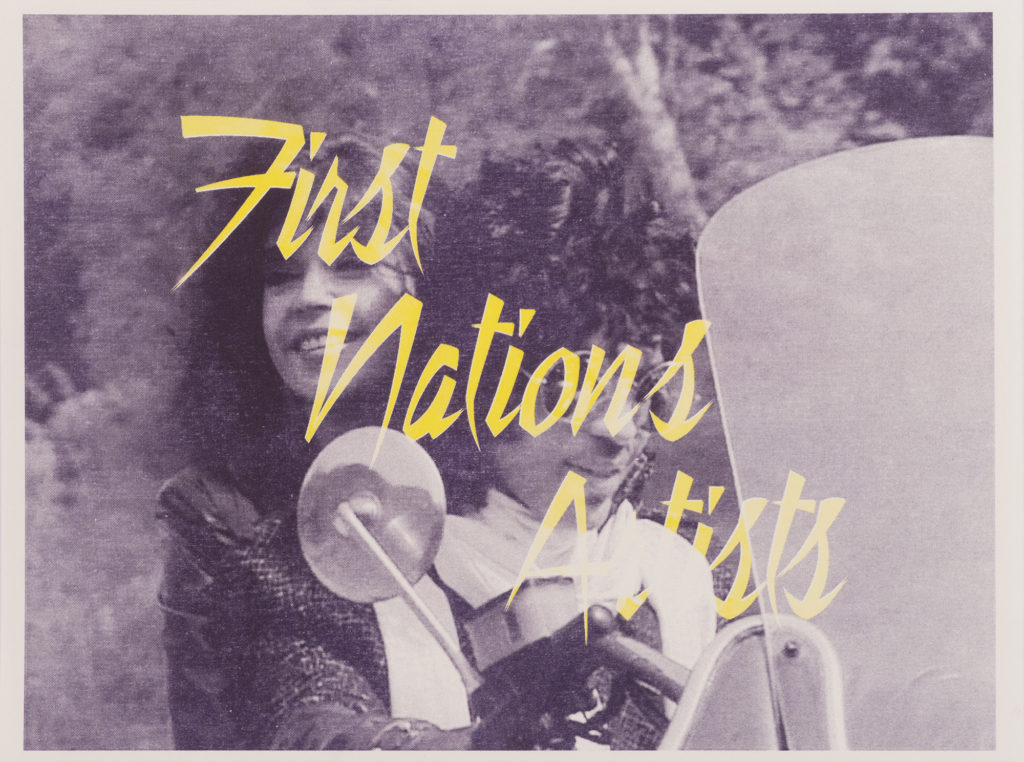I was pretty shocked when I heard the news of Prince’s passing. My friend Duane Linklater posted a link to Facebook about the death of a middle-aged man at Prince’s residence in suburban Minneapolis. The last photos taken of the musician, just 57, showed him riding a bicycle.
I sat with the news for a few moments, just my young daughter Ramona and I on the couch. Crying, she asked why I was sad. The explanation concerned a subject I did not wish to broach with a two-year-old—the death of a musician I had never met. Seeming to seek a way of relating, or a way out of this weird situation, she cried and told me she was also sad because she missed her mama.
The first record I put on was my first and enduring favourite of Prince’s works, the 1980 album Dirty Mind. My favourite Prince song on my favourite Prince album is “Uptown.”
“Now where I come from
We don’t let society
Tell us how it’s supposed to be
Our clothes, our hair
We don’t care
It’s all about being there”
I saw Prince live on two different occasions. The first was December 2011 at Rogers Arena in Vancouver. Though it would likely not be apparent to others, or even true, there were many Native people in the audience. The observation, based on reality or not, stuck with me. As a kid growing up in Chilliwack with older siblings, Prince was, to me, a familiar figure. I knew of him and his image, though I was an adult before I feel I really started listening to his music. I appreciated his weirdness, the willful disregard of genres as discrete realms of practice, the androgyny, the leather-and-lace look associated with the 1984 film and soundtrack Purple Rain. The popularity of this film resulted in Prince becoming the cultural phenomenon that I encountered as fully formed.
A few years ago, in the context of a public conversation concerning The Exiles, Kent MacKenzie’s 1959 documentary film about Native Americans moving to the Bunker Hill neighbourhood of Los Angeles, my friend Marcia Crosby mentioned to me that the colours purple and red had, in the past, been associated with Native people in the city of Prince Rupert. This immediately made me think of Prince.
Raymond Boisjoly is an Indigenous artist of Haida and Québécois descent based in Vancouver.

 Raymond Boisjoly, First Nations Artists, 2015. Courtesy Or Gallery.
Raymond Boisjoly, First Nations Artists, 2015. Courtesy Or Gallery.







